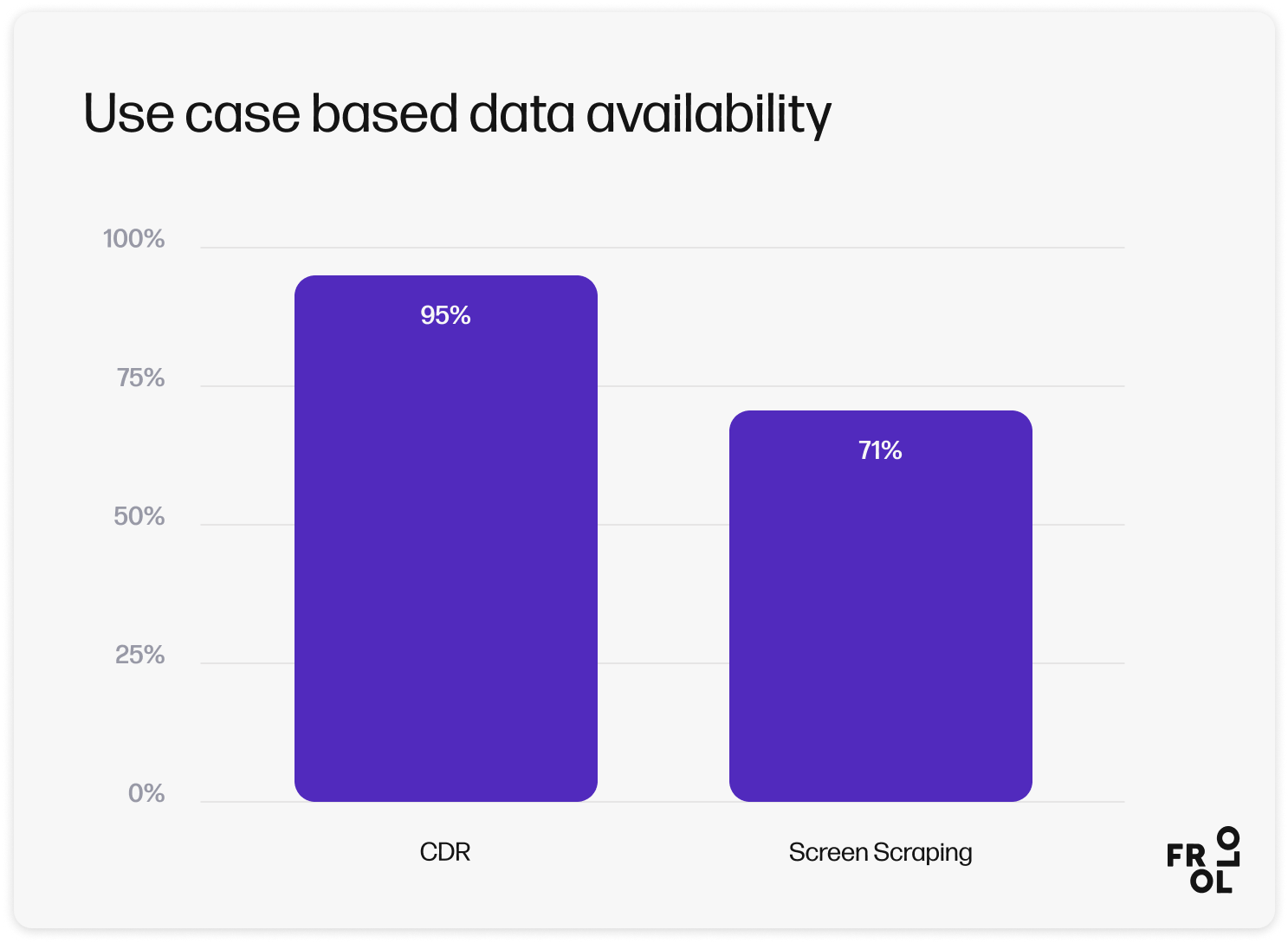The role of brokers in closing the gender property gap | Australian Broker News
News
The role of brokers in closing the gender property gap
Solutions to the 24.3% Gen Z gender property gap
You’ve in all probability heard about the gender pay gap and the superannuation gap, however there’s one other essential gap that usually goes unnoticed: the gender property gap.
CoreLogic’s newest Women and Property report sheds mild on this ignored situation, revealing some placing revelations.
Initially, it might seem to be progress when contemplating general property possession charges: ladies barely surpass males, with a 68.7% possession fee in comparison with males’s 67.4%. However, a more in-depth look reveals a special story, particularly amongst youthful generations.
Mortgage dealer Alex Veljancevski (pictured above) emphasised the significance of understanding these tendencies, significantly when serving younger feminine purchasers.
“All brokers, regardless of gender, ought to study this gap and think about find out how to modify our providers to higher meet our purchasers’ wants and slim the divide,” Veljancevski stated.
Unveiling the gender property gap
Delving deeper, CoreLogic’s analysis highlights disparities in funding patterns. Males preserve a better fee of funding in residential dwellings, with 14.1% proudly owning a minimum of one residential funding property in comparison with 12.5% of females.
The survey additionally requested about different kinds of property funding, offering the examples of business property, industrial property, or vacant land. Just 2.2% of males reported having a minimum of one different type of funding property, barely larger than 1.2% of females.
Moreover, the report touches on the valuation and debt dynamics, revealing intriguing insights.
Despite ladies proudly owning a better proportion of homes, sometimes extra precious than items, their common reported worth is barely decrease than that of males ($1,046,547 for ladies in comparison with $1,071,912 for males).
Female-owned property values are inclined to cluster between $500,000 and $1,499,999, whereas males’s properties present a flatter distribution.
Despite this, ladies report barely larger common excellent debt, ensuing in a decrease general house fairness place.

The role of joint possession
The means ladies purchase property additionally contributes to the gender property gap.
Joint possession emerges as a prevalent avenue for ladies to entry the property market, with extra ladies than males utilizing this association.
For ladies on decrease revenue, this may be an efficient solution to get onto the property ladder sooner via sharing of housing prices. However, this has its personal complexities probably creating conditions of monetary dependence and monetary abuse.
This can also pose some vulnerability for ladies who’re single, or those who expertise a relationship breakdown.
Affordability constraints amongst Gen Z ladies
Affordability constraints considerably contribute to the gender property gap, significantly amongst youthful generations. While ladies could aspire to homeownership, restricted monetary sources usually pose a big barrier.
Respondents incomes lower than $100,000 yearly exhibit a house possession fee of 61.4%, in comparison with 86.6% amongst these incomes greater than $100,000.
Various elements contribute to this gap. Age performs a vital role, as each house possession and better incomes are sometimes achieved later in life. Additionally, socio-economic background influences entry to property possession, with higher-income people usually benefiting from household wealth or inheritance.
Interestingly, ladies preserve a better fee of property possession when revenue is taken into account. For ladies incomes lower than $100,000, the possession fee was 62.1% (in comparison with 60.6% for males), rising to 91.0% for these incomes over $100,000 (83.2% for males).
However, the notable gap that persists amongst Gen Z respondents (51.6% of males personal a property in comparison with solely 27.3% of ladies) can partly be chalked right down to variations in revenue.
Gen Z ladies, on common, have decrease incomes and are more likely to have interaction in part-time or informal employment.
This discovering is intriguing as a result of discussions about earnings for women and men usually centre on the well-documented gap ensuing from older ladies assuming unpaid parental or caregiver tasks.
“Clearly, affordability constraints exacerbate the gender property gap amongst younger individuals, underscoring the want for focused interventions to handle this systemic situation,” Veljancevski stated.

Other causes for the gender property gap
While affordability constraints play a role, they don’t totally clarify the gap’s persistence. Veljancevski identifies three foremost elements.
First, the common man earns greater than the common girl – for each $1 earned by males, 88c is earned by ladies, in line with the Workplace Gender Equality Agency.
How brokers can deal with the gender property gap
Addressing these disparities requires a multifaceted strategy.
How to handle the pay gap
Part of the motive the gender pay gap exists is as a result of males usually tend to be in positions of authority than ladies.
“Because people usually tend to favour (usually unconsciously) individuals like them, it means, all issues being equal, that males usually tend to rent and promote males than ladies,” Veljancevski stated. “That would apply as a lot to the mortgage broking trade as society in basic.
“So if the trade made a acutely aware effort to extend the share of feminine illustration – solely 26.9% of brokers are ladies, in line with the MFAA – we’d be capable of slim the pay gap, a minimum of in our trade.”
How to handle the danger tolerance gap
“Brokers – particularly male brokers – must recognise that the common girl requires extra reassurance round shopping for property and taking over debt than the common man,” stated Veljancevski.
“That means we’ve to offer the common feminine shopper with extra training.”
How to handle the monetary literacy gap
“We additionally must recognise that the common girl has much less monetary literacy than the common man. Again, that requires extra training – but it surely needs to be delivered in a means that feels empathetic fairly than patronising.”
The backside line
Ultimately, closing the gender property gap isn’t just a matter of equality; it is about empowering people to realize monetary safety and well-being.
Brokers, as key gamers in the monetary panorama, have a pivotal role in driving this transformation.
How do you service your younger feminine purchasers? Comment beneath.
Related Stories
Keep up with the newest information and occasions
Join our mailing record, it’s free!





